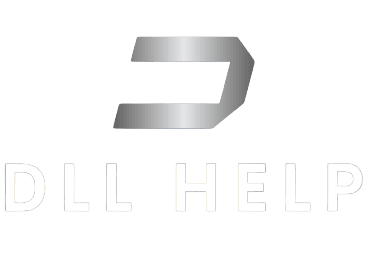# Technical Article: Understanding vjoyinterface.dll
## 1. Core Functionality and Role
The ‘vjoyinterface.dll’ is a Dynamic Link Library (DLL) file that plays a crucial role in software applications designed for virtual joystick emulation. This DLL file provides the necessary interface for applications to interact with virtual joystick devices, allowing for the creation and control of virtual joystick inputs. It serves as a bridge between the software application and the virtual joystick device, facilitating the transmission and interpretation of input commands.
The significance of ‘vjoyinterface.dll’ lies in its ability to enable software applications to simulate joystick inputs without the presence of physical hardware. This capability is particularly important in scenarios where software or games rely on joystick inputs for navigation, control, and gameplay mechanics. By leveraging ‘vjoyinterface.dll’, developers can create virtual joystick functionality within their applications, enhancing user experience and enabling broader accessibility across various systems.
## 2. Core Functionalities and Integration Aspects
The core functionalities of ‘vjoyinterface.dll’ encompass the management of virtual joystick devices, including the creation, configuration, and manipulation of virtual joystick inputs. Additionally, the DLL facilitates communication between the software application and the virtual joystick, enabling the transmission of input signals from the application to the virtual joystick device.
In terms of integration, ‘vjoyinterface.dll’ is compatible with a wide range of system architectures and Windows versions. It seamlessly integrates with 32-bit (x86) and 64-bit (x64) systems, ensuring that software applications utilizing the DLL can function effectively across different system configurations. Compatibility extends to Windows 7, Windows 10, and Windows 11, allowing for consistent usage across various iterations of the Windows operating system.
## 3. Common Issues and Resolutions
### Typical Problems Encountered:
– **File Not Found**: Users may encounter errors related to the inability to locate the ‘vjoyinterface.dll’ file when attempting to launch an application that relies on the DLL.
– **Missing File**: Instances where the ‘vjoyinterface.dll’ file is missing or corrupted can lead to operational issues within the associated software application.
– **Compatibility Issues**: Incompatibility with 32-bit and 64-bit systems can result in malfunctioning or unreliable virtual joystick functionality.
### Solutions and Troubleshooting Steps:
– To address the ‘file not found’ and ‘missing file’ issues, users should ensure that the ‘vjoyinterface.dll’ file is located in the appropriate directory, typically within the system’s DLL folder.
– For compatibility issues, it is essential to verify that the correct version of ‘vjoyinterface.dll’ is utilized, corresponding to the system architecture (32-bit or 64-bit). Users can also consider updating their system to the latest Windows version to enhance compatibility.
**Location of vjoyinterface.dll on Windows**:
– The standard location for ‘vjoyinterface.dll’ in a 32-bit Windows system is “C:WindowsSystem32”.
– For 64-bit Windows systems, the DLL can be found in the “C:WindowsSysWOW64” directory.
## 4. Managing vjoyinterface.dll Effectively
In summary, effective management of ‘vjoyinterface.dll’ requires meticulous attention to system compatibility and the utilization of reputable sources for file downloads. System administrators and developers should prioritize ensuring that the correct version of ‘vjoyinterface.dll’ is employed, depending on the system architecture and Windows version. Additionally, cautiousness regarding the sourcing of the DLL file is vital to mitigate the risk of using counterfeit or corrupted versions of ‘vjoyinterface.dll’, which can lead to operational disruptions.
By adhering to these guidelines, users can harness the capabilities of ‘vjoyinterface.dll’ for virtual joystick emulation with confidence, promoting seamless integration and reliable performance within software applications.
In conclusion, understanding the core functionality, compatibility aspects, common issues, and effective management of ‘vjoyinterface.dll’ is essential for maintaining robust virtual joystick functionality within software applications. This comprehensive insight empowers users and developers to leverage the DLL’s capabilities while mitigating potential challenges, ultimately contributing to a more streamlined and reliable virtual joystick experience.
Download vJoyInterface.dll for free
- Size: 144.00 KB
